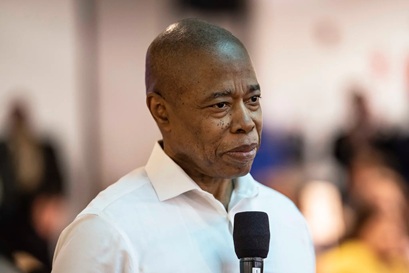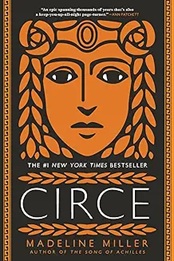A prayer vigil for the victims of the shooting in Michigan.Photograph: Jeff Kowalsky/AFP/Getty Images
Dear Commons Community,
Sunday’s mass murder at a Mormon church in Grand Blanc Township, Michigan, which left at least four worshippers dead and eight wounded, was just one of six mass shootings that erupted across the US over a weekend of gun horror.
The Gun Violence Archive, an online non-profit database which records mass shootings in America, added six fresh incidents over Saturday and Sunday. The concentrated bloodletting, spread out across four states, took the lives of nine people, including the suspect in Sunday’s shooting at Grand Blanc’s Jesus Christ of Latter-day Saints church, as well as injuring at least 33.v
The weekend’s spate brings the archive’s tally of mass shootings – defined as events with at least four victims injured or killed, not counting the shooter – to 324 this year alone, as of Monday morning. That is a rate of more than one a day. As reported by The Guardian and The Associated Press.
The weekend’s carnage began in the early hours of Saturday morning when multiple shots were fired in separate incidents in Alexandria, Louisiana, and in Raleigh, North Carolina. At least four people were injured on Highway 71 South in Alexandria.
At about the same time, 4am local time, four people were shot and injured on Millbrook Road in Raleigh. Three of the hurt individuals were found at the scene of the gunfire, and a fourth presented later at hospital.
Saturday’s third mass shooting broke out at about 9.30pm when a gunman armed with a semi-automatic, short-barreled rifle opened fire from a boat on a waterfront bar in Southport, North Carolina. The shooting left three people dead and eight injured.
Local news reporters said the target had been the American Fish Company. The suspect fled by boat but was arrested by the US Coast Guard and has been charged with three counts of first-degree murder and other felonies.
Then, just before midnight on Saturday, a 34-year-old gunman opened fire at Kickapoo Lucky Eagle Casino along the border with Mexico in Texas. The gambling spot was packed at the time with customers at a raffle event.
One person was pronounced dead at the casino and a second died on the way to hospital. One of those killed was a retired US Customs and Border Protection officer, the mayor of Eagle Pass said on social media.
The suspected shooter has been charged with two counts of murder carrying the possibility of the death penalty.
The intense burst of mass shootings underlines America’s crisis of gun violence fueled by the country’s unique relationship with firearms. There are almost 400m guns in circulation in the US – far more than in any other wealthy country.
Mass shootings are just the thin end of a very thick wedge. Though they are among the most heavily reported and terror-inducing cases, the scourge of gun deaths extends far wider than that.
In 2023, the last year for which official figures are given, nearly 47,000 people died by the gun in the US, according to the federal Centers for Disease Control and Prevention (CDC). It was the third-highest year on record, after a Covid pandemic-induced spike through the previous two years.
The weekend’s devastating run of mass shootings carried into Sunday. At about 2.22am, shots rang out when a fight appeared to break out on Bourbon Street, the famous tourist destination in the French Quarter of New Orleans, Louisiana. Four people were struck, including a woman who died at the scene, police said.
New Orleans police superintendent Anne Kirkpatrick said the woman who died was a 33-year-old bystander celebrating her birthday from Chicago. Among the injured victims was the woman’s sibling.
Kirkpatrick pointed to the laxity of Louisiana’s gun laws as a factor in the disaster. The state requires no permit to openly carry a firearm.
“We recognize the legality of being able to carry a gun, but when you mix it with people who have been drinking, then we have a high-risk situation,’” she said. “Please, leave your guns at home.”
The last of the six mass shootings was the catastrophe in Michigan, where the attacker rammed open the front door of the church using a silver pickup truck bearing two American flags. He then opened fire on congregants as they were in worship, killing four people, before setting the building on fire with gasoline.
The suspect was minutes later shot and killed by police.
Who will Trump and the Republicans blame for these murders?
Tony












